Swine Art is Fine Art Gallery Exhibition from 2010
In what may be the first comprehensive exhibition of sculptural renderings of pigs, Art for Eternity is delighted to highlight the brightest moments in pig history. Our collection features a diverse and exciting collection of over 70 swine spanning millennia, and makes the case for their inclusion into the pantheon of beloved—and may we say beautiful—friends of mankind and objects of veneration. People tend to have a love/hate relationship with pigs. Today we are faced with a Swine bread virus, it shows the pig in a negative light, our research shows that they have also seen periods of power, reverence and grace.
The earliest swine in our collection dates to the second millennium BC from the Holy Land. A small, stylized ceramic, this pig represents fertility and prosperity, and may have been used in Mesopotamian religious cults as offerings. Our collection also contains a beautiful Sumerian stone amulet in the form of a pig, at the base of which is an engraving designed for sealing documents, used by a merchant or trader living five thousand years ago.
In neighboring ancient Egypt the goddess Nut, portrayed as a sow, was worshipped by women wishing for children. Our collection features rare colored faience amulets of the Goddess Nut, which were worn as talismans of good luck by women. They represent Nut, reclining in the sky, suckling her piglets—the stars.
In ancient Greece sows were also fertility symbols, and were offered up as sacrifices to Demeter, patroness of fertility and agriculture. Initiates into her cult were obliged to hand priests a piglet as an entry pass—which would be slaughtered as signs of devotion. As a result, many small clay effigies of pigs and piglets were dedicated at altars in sanctuaries throughout the ancient Mediterranean. Our collection features several of these coroplast examples of swine. We also have a beautiful, extremely rare, museum quality Campania black glazed boar askos, a vessel used for storing wine or oil in the 3rd century BC. They are usually only found in museum collections.
In ancient Roman tradition, swine represented fertility, wealth and invincibility in war, and were frequently cast in bronze and used in helmet crests and decorative elements in bridals and chariots. Our collection includes a protome attachment mount with a well modeled naturalistic forepart of a boar, as well as depictions of the revered animal in stone and clay.
In the 14th and 15th centuries in Java, large numbers of terracotta rams, turtle’s frogs and pigs were made with slots in their backs, for the insertion of copper coins, which had become widespread due to increasing trade with China. Because of their association with prosperity, pigs were particularly popular, thus beginning the era of the “piggy bank.” Our collection includes a beautiful Javanese Red clay piggy bank from the Majapahit period. This bank likely had a ritual function attached to household or village shrines.
In the more recent past, swine were worshipped in ancestral ritual. A very fine sacred festival mask circa 1760, our Bhuta Boar mask from Tulunadu, Karnataka, in Southern India, was used in spectacular, all-night theatricals featuring ritual possession in which elaborately made-up and costumed mediums invited a specific bhuta (divinized spirit) into himself. The Bhutan then sang, danced, told stories, gave advice, and solved problems for the family or village group.
In the sophisticated ranks of ancient China, where the Chinese reverence for pork continues in this life and the life beyond. The Han gentry, who lived in relative luxury and hoped to live equally well in the afterlife, commissioned miniature true to life architectural clay models of pig sties to be entombed with them, so that they could take their beloved pigs with them.
These, and many other examples of fine swine art can be viewed on our website at www.howardnowes.com or you can make an appointment to come and view the collection at the gallery, located at 303 East 81st Street, by calling Howard Nowes, director, at (917) 733-4165.
Swine Art is Fine Art!!

Gallery Opening was Thursday December 10th 2010
from 5:00 to 8:00 pm
The Exhibition ran until February 2010
“Those eyes have taught the lover flattery,” Robert Southey


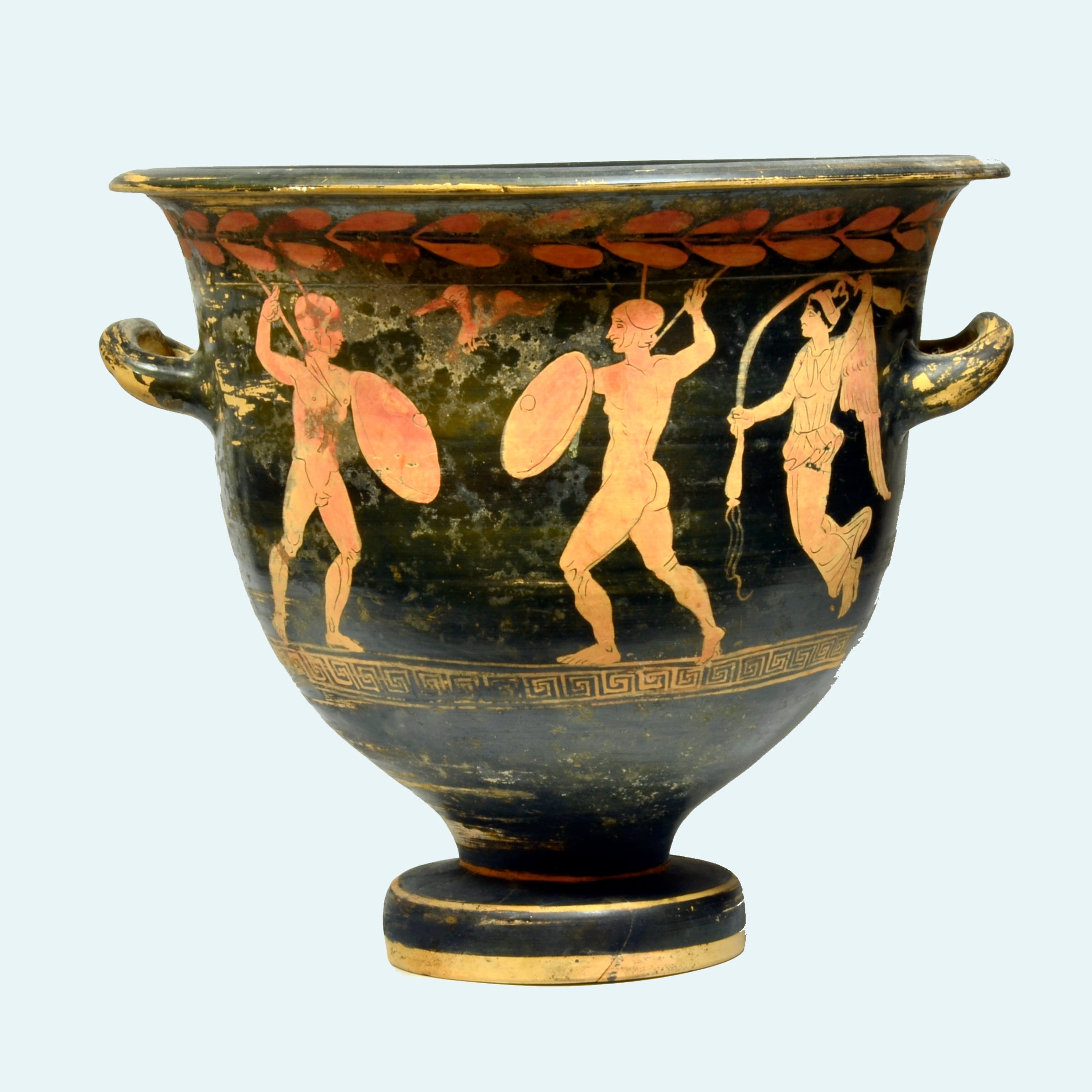
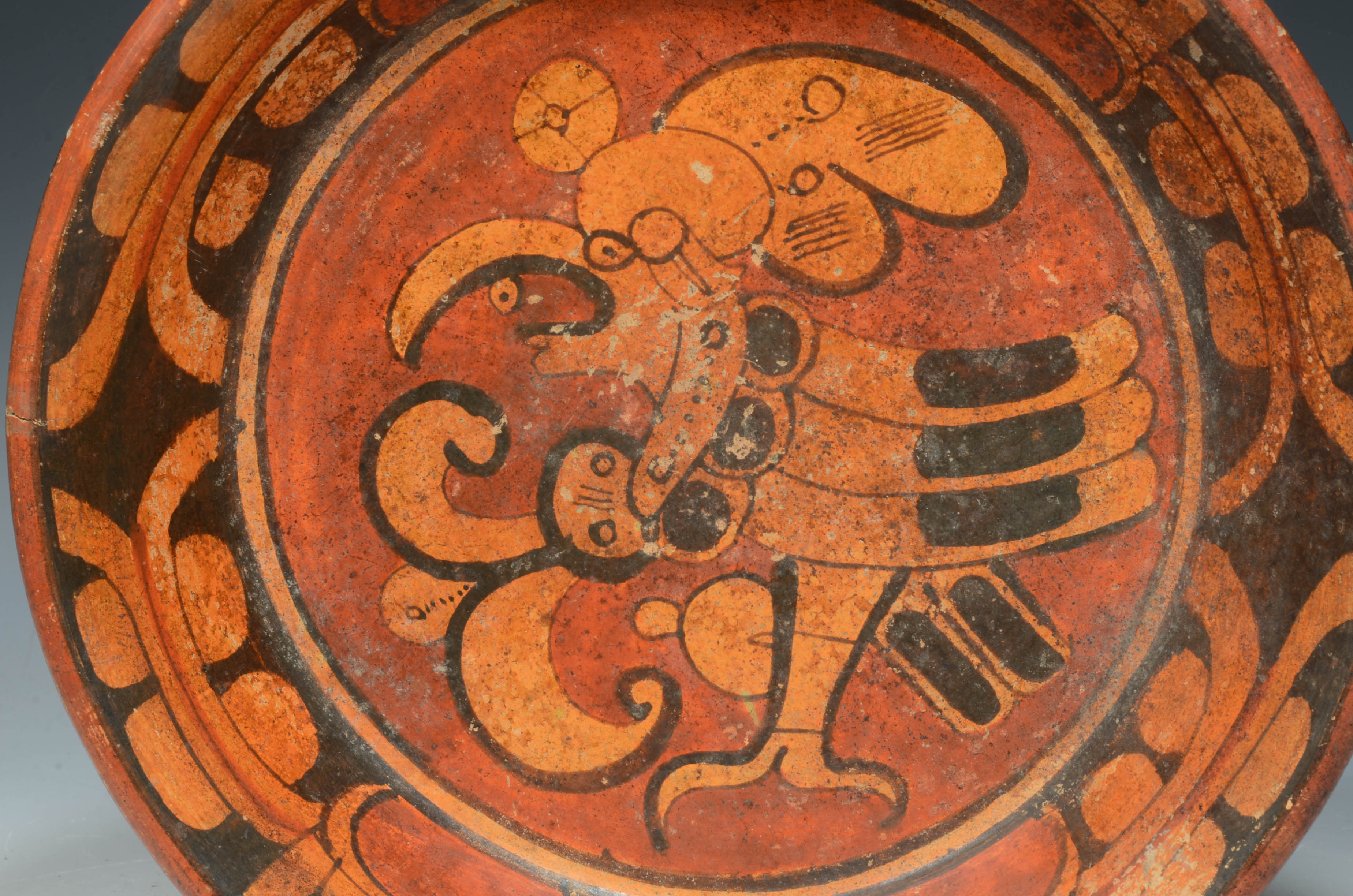
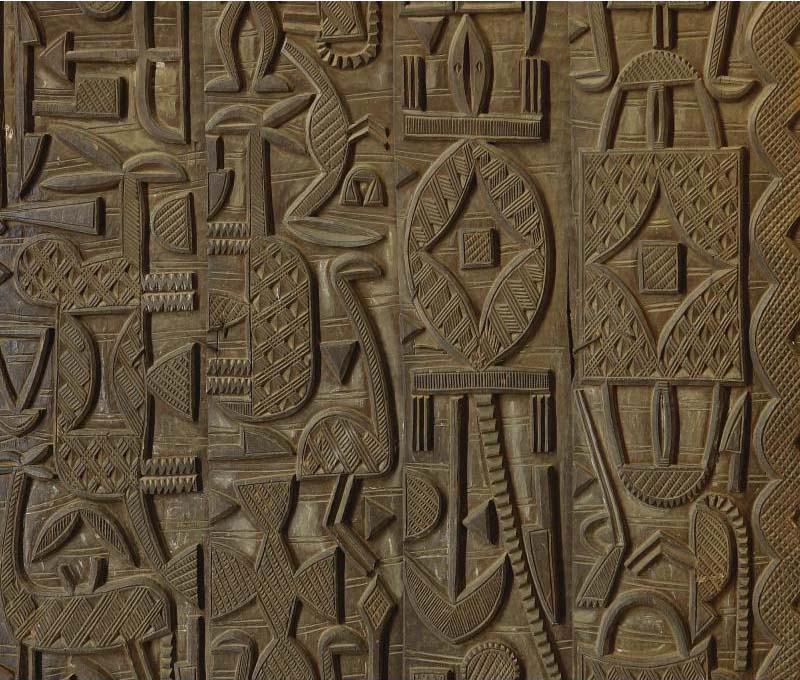
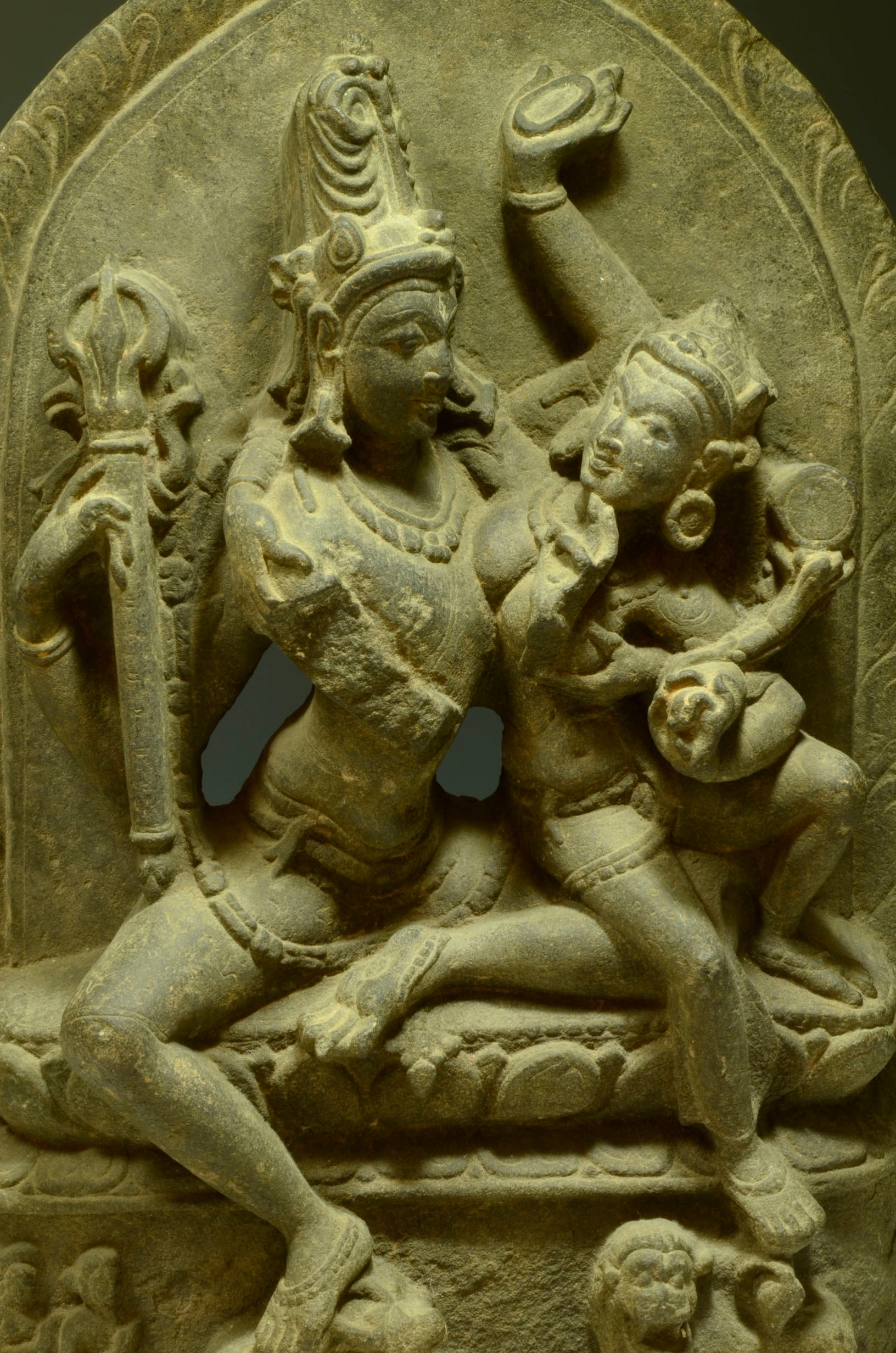

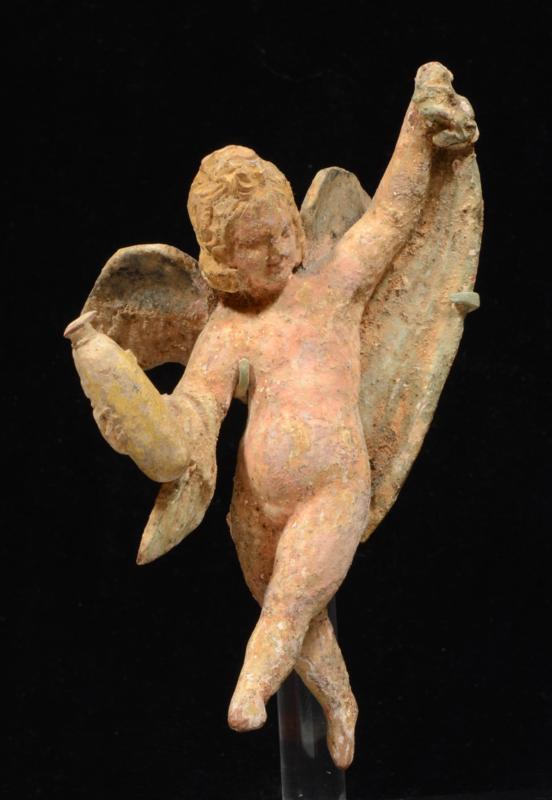
Leave a comment